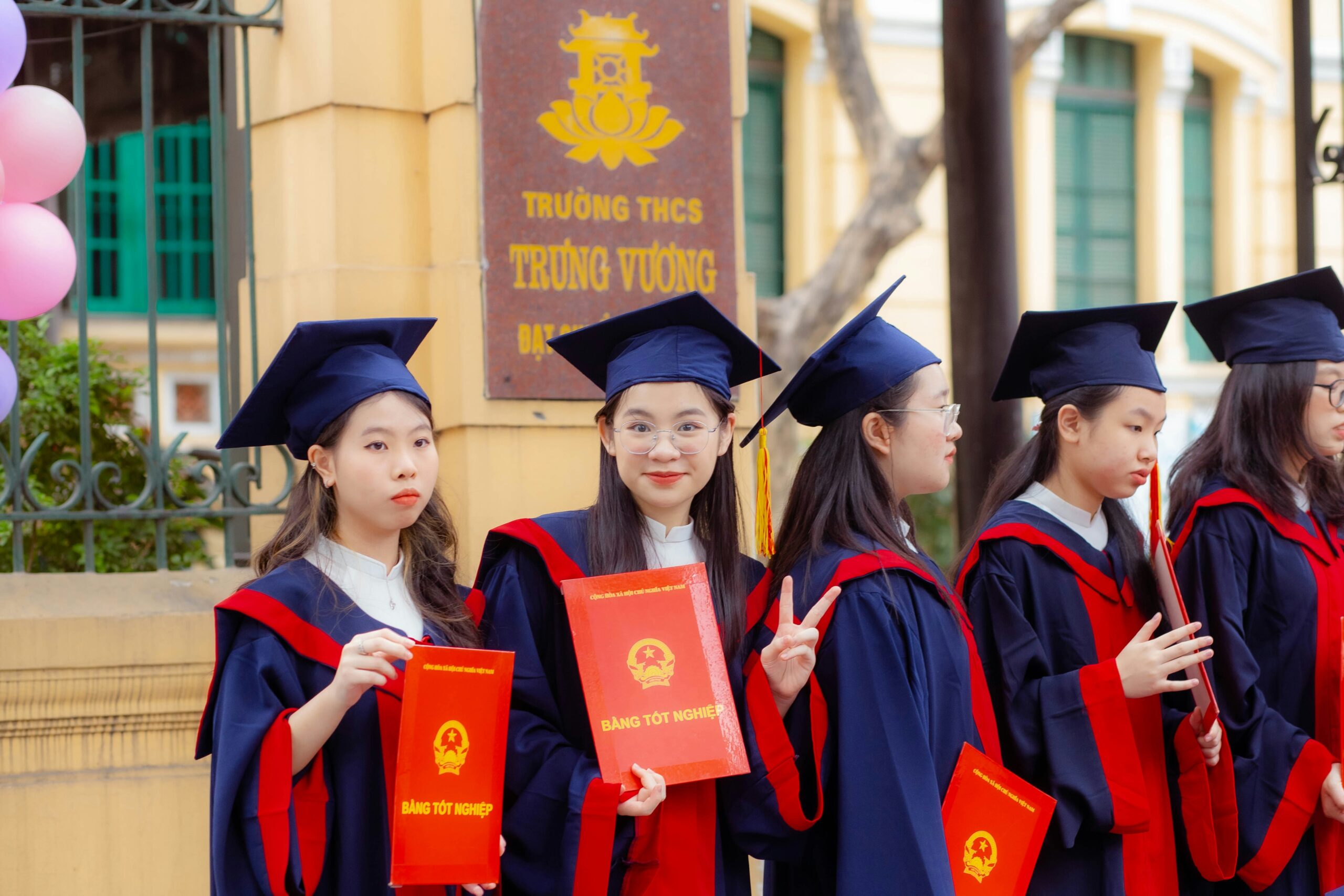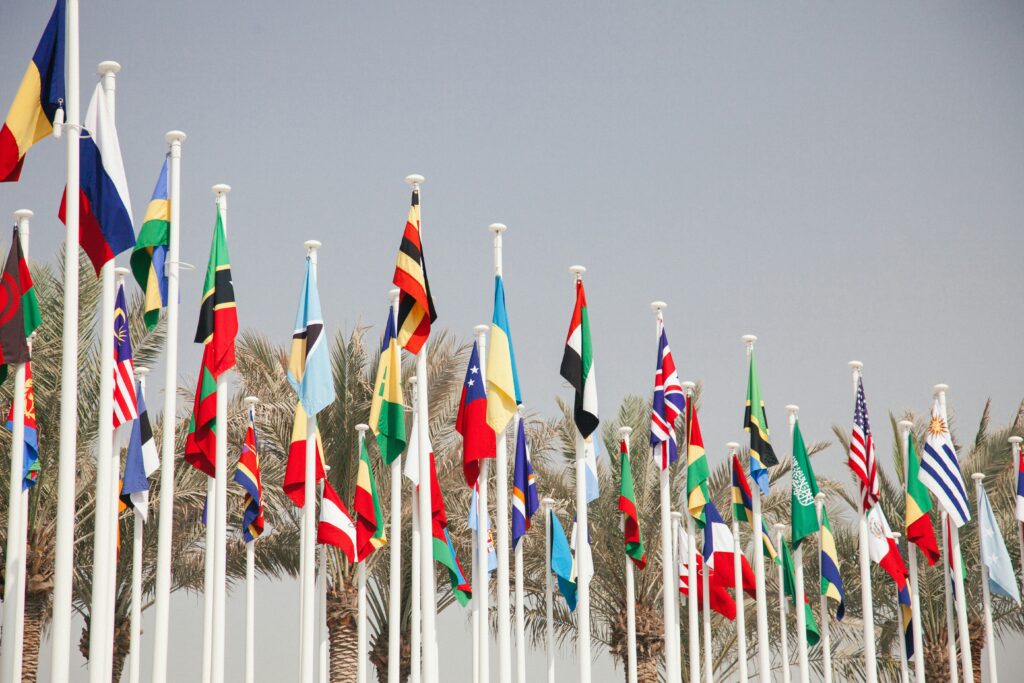Education is the foundation of societies, shaping economies, driving innovation, and uplifting communities. Its role in today’s global landscape is undeniable, serving as a catalyst for individual growth and collective prosperity. But which countries stand out when it comes to their investment in education and fostering an educated population?
In this article, we’ll take an in-depth look at the ten most educated countries in the world, highlighting their unique approaches to schooling. You’ll also discover the factors that make these nations unparalleled leaders in learning, all while aligning with Google EEAT (Experience, Expertise, Authoritativeness, Trustworthiness) principles to deliver credible and insightful content.
Ranking Methodology
To determine which nations top the education charts, we considered several key data points, including:
- Average years of schooling for adults.
- Percentage of the population with tertiary education (college/university).
- National literacy rates, showcasing basic education access.
- Government investment in education relative to GDP.
- Data from trusted sources like UNESCO, OECD, and the World Bank guided this analysis.
Now that the methodology is clear, here are the most educated nations based on these metrics.
The Top 10 Most Educated Countries
1. Canada
Why Canada Tops the Education Charts
Canada consistently ranks number one in global education rankings, with over 57% of its adult population holding a tertiary education degree. This achievement is no coincidence; the nation prioritizes education as a pillar of social and economic development.

Key Education Statistics
- Average literacy rate is 99%.
- Government education spending equals 6% of its GDP.
- Major provinces like Ontario and British Columbia are hubs for world-class institutions.
What Makes Canada’s Approach Unique
Canada’s egalitarian approach ensures equal education opportunities regardless of a student’s background. Its public school system offers excellent facilities and instruction, fostering innovation among young minds.
2. Japan
Excellence Rooted in Discipline
Japan pairs a rigorous curriculum with a strong cultural emphasis on continuous learning. Education is deeply woven into the country’s values, contributing to its reputation as a global tech and innovation leader.
Key Education Statistics
- 98% high school graduation rate, one of the highest worldwide.
- Heavy focus on STEM fields to align with industrial requirements.
Distinctive Features of Japanese Education
Japanese schools foster integrity, discipline, and teamwork, with students spending just as much time mastering life skills as their academic curriculum subjects.
3. Israel
A Nation Built on Knowledge
Israel’s emphasis on education stems partly from its necessity to innovate and thrive in challenging geopolitical conditions. With top-tier universities like the Technion and Hebrew University, Israel excels.
Key Education Statistics
- Government spends over 5.5% of its GDP on education.
- High emphasis on R&D, benefiting industries like tech and medicine.
What Sets Israel Apart
Mandatory military service influences remarkable discipline and problem-solving within Israel’s educational systems, benefiting its job market.
4. United Kingdom
Tradition Meets Modernity
World-renowned institutions like Oxford and Cambridge make the UK a beacon for learners everywhere. Combined with a rich legacy of education and research, the UK continues to attract global talent.
Key Education Statistics
- Nearly 50% of young adults pursue higher education.
- Home to seven universities among the top 50 globally (QS Rankings).
Unique Attributes of UK Education
The UK differentiates itself with its emphasis on creative thinking and academic rigor, producing thought leaders in policy, literature, and sciences.
5. United States
The Top Destination for Global Education
Home to Ivy League schools and a thriving research environment, the United States is both a global and academic giant.
Key Education Statistics
- Contributes 7.1% of its GDP to education.
- High tertiary attainment rate of over 48% for adults aged 25-34.
Why the US Stands Out
The diversity in educational opportunities—from community colleges to the prestige of Stanford and MIT—offers pathways for learners at all income levels.

6. Australia
Education and Lifestyle Blend Seamlessly
Australia has grown into an education powerhouse, attracting international students while heavily investing in its native population.
Key Education Statistics
- Literacy rate is consistently at 99%.
- Recently invested AU$40 billion in improving education infrastructure.
Special Features of Australian Education
Vocational training centers and universities emphasize real-world applications, ensuring that graduates are job-ready and globally competitive.
7. South Korea
The Hub of Educational Rigor
South Korea’s learning environments are intensive, helping secure impressive rankings in science, math, and literacy rates.
Key Education Statistics
- High school graduation rate exceeds 95%.
- Among the highest per capita spending on private tutoring globally.
The South Korean Edge
Rigorous assessments ensure competitive academic proficiency, prepping students for world-class technical universities.
8. Finland
Reinventing What Education Means
Finland’s education system has attracted loads of praise for tossing out the conventional. Forget homework; Finland is all about fostering curiosity.
Key Education Statistics
- 100% literacy rate achieved early in schooling.
- Teachers undergo extensive, specialized training to deliver top-tier education.
What Differentiates Finland’s Approach
Instead of pushing exams, Finland focuses on play-based learning, and it works wonders for long-term development.
9. Denmark
Practical and Sustainable Learning
Small yet mighty, Denmark’s education system emphasizes sustainable living and skill-building, preparing students as responsible global citizens.
Key Education Statistics
- Free higher education for citizens and EU residents.
- Government devotes 7.8% of GDP to education.
Why Denmark Shines
Danes believe education should enhance living, and their thriving vocational training programs ensure students get solid opportunities post-graduation.
10. Norway
Striking the Balance Between Academia and Well-Being
Norway sees education as a right, not a privilege. The system balances hectic academia and personal well-being seamlessly.
Key Education Statistics
- The government invests upwards of 8% GDP into the education sector.
- Continuously boasts one of the highest quality-of-life rankings globally.
What Makes Norway Unique
The tuition-free education policy for international students further cements its position as an attractive hub for global learners!
Comparing the World’s Best Education Systems
| Country | Tertiary Education Rate | Literacy Rate | Spending on Education (% of GDP) |
|---|---|---|---|
| Canada | 57% | 99% | 0% |
| Japan | 50%+ | 98% | 0% |
| Israel | 49% | 98% | 5% |
| UK | 47% | 99% | 5% |
| USA | 48% | 99% | 1% |
Why Education Impacts Global Progress
Countries with robust educational frameworks often enjoy:
- Faster economic growth and innovation pipelines.
- Improved healthcare outcomes.
- Higher civic engagement and reduced inequality.
By boosting literacy rates, enhancing education funding, and nurturing a love for learning, these nations pave the way for meaningful societal transformation.
Looking to learn more? Stay tuned as we keep exploring education’s power!